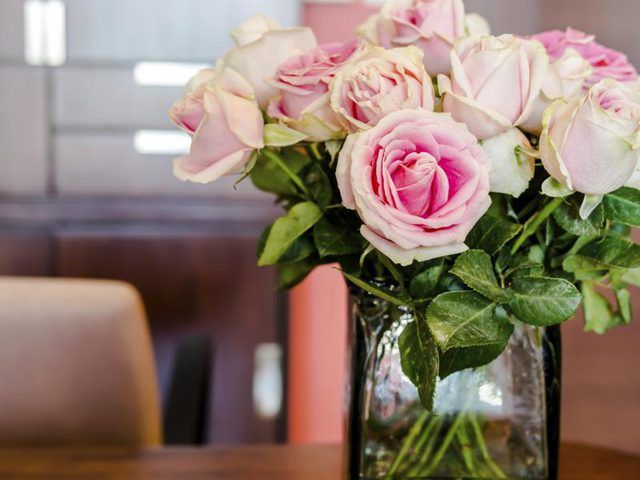Bulbs
Flower Basics
Flower Beds & Specialty Gardens
Flower Garden
Garden Furniture
Garden Gnomes
Garden Seeds
Garden Sheds
Garden Statues
Garden Tools & Supplies
Gardening Basics
Green & Organic
Groundcovers & Vines
Growing Annuals
Growing Basil
Growing Beans
Growing Berries
Growing Blueberries
Growing Cactus
Growing Corn
Growing Cotton
Growing Edibles
Growing Flowers
Growing Garlic
Growing Grapes
Growing Grass
Growing Herbs
Growing Jasmine
Growing Mint
Growing Mushrooms
Orchids
Growing Peanuts
Growing Perennials
Growing Plants
Growing Rosemary
Growing Roses
Growing Strawberries
Growing Sunflowers
Growing Thyme
Growing Tomatoes
Growing Tulips
Growing Vegetables
Herb Basics
Herb Garden
Indoor Growing
Landscaping Basics
Landscaping Patios
Landscaping Plants
Landscaping Shrubs
Landscaping Trees
Landscaping Walks & Pathways
Lawn Basics
Lawn Maintenance
Lawn Mowers
Lawn Ornaments
Lawn Planting
Lawn Tools
Outdoor Growing
Overall Landscape Planning
Pests, Weeds & Problems
Plant Basics
Rock Garden
Rose Garden
Shrubs
Soil
Specialty Gardens
Trees
Vegetable Garden
Yard Maintenance
How to Make Roses Open
How to Make Roses Open. "Gather ye rosebuds while ye may," poet Robert Herrick tells us, but he doesn't mention how to make them open. Whether you received florist rose flowers or cut a selection of your own from your garden, warm water and shorter stems are two tricks to try.

"Gather ye rosebuds while ye may," poet Robert Herrick tells us, but he doesn't mention how to make them open. Whether you received florist rose flowers or cut a selection of your own from your garden, warm water and shorter stems are two tricks to try.
Bye-Bye to Bacteria
Clean tools and containers allow cut rose flowers to open and last in a vase. Bacteria is not your friend when it's on or around cut roses. It plugs the flower stems and prevents regular water uptake. The result can be blooms that don't open or roses with bent necks. So wash tubs and vases with hot, soapy water. Then rinse them with a solution that is 1 part bleach and 10 parts water, and rinse them with water. Soak cutting tools in denatured alcohol, too, and keep the cutting blades sharp. Removing all foliage below the vase's water line prevents it from rotting and contaminating the water.
Garden Roses
One big difference between caring for florist roses and cut garden roses is that you decide when to take the latter. Rose blooms are most vigorous and long-lasting when cut in early morning, which is when they are full of moisture. It helps to give the ground a thorough watering the night before. Cut a rose flower only after its sepals have opened and turned downward. Sepals are the flower parts that look like green petals. If the sepals are wrapped tightly around a cut rosebud, the flower will not open. If a rose flower is of a variety typically has many petals, then wait until a few rows of petals are open before cutting that rose. Another trick for determining whether a rose flower is ready to cut is to squeeze it gently. If it feels soft and gives a little, it will likely open. Buds that are as hard as marbles won't open.
Water, Water Everywhere
Water makes the difference between a rose that opens and a rose that doesn't. When cutting flowers in your garden, have a bucket with you, and plunge each flower's stem in the bucket as soon as you cut it. If you buy or receive florist roses, immediately open the container, remove the wrapping and put the roses in water. Warm water helps roses open faster than they would otherwise, but lukewarm water results in a longer life for the flowers. Flower food added to water also helps blossoms open. Either use a commercial product or make your own, adding 1/2 teaspoon of sugar, 1 teaspoon of lemon juice and a few drops of bleach to 1 quart of water. Neither aspirin nor pennies in the water help roses open faster or last longer.
Water Changes and Stem Cuts
Rose stems need to be cut when you first arrange the flowers in a vase of water. Make the cuts under the water and at a diagonal. Only 1/2 to 1 inch of a stem needs to be taken off, but the shorter you cut a stem, the faster its rose is likely to open. Every few days, change the vase water and recut the stems. Leave the guard petals on each garden rose when you first cut it. The guard petals are the outer petals and are larger and thicker than the inner petals; sometimes the guard petals are discolored or streaked. If a rose does not open, remove its guard petals by pulling them gently from the flower's base.